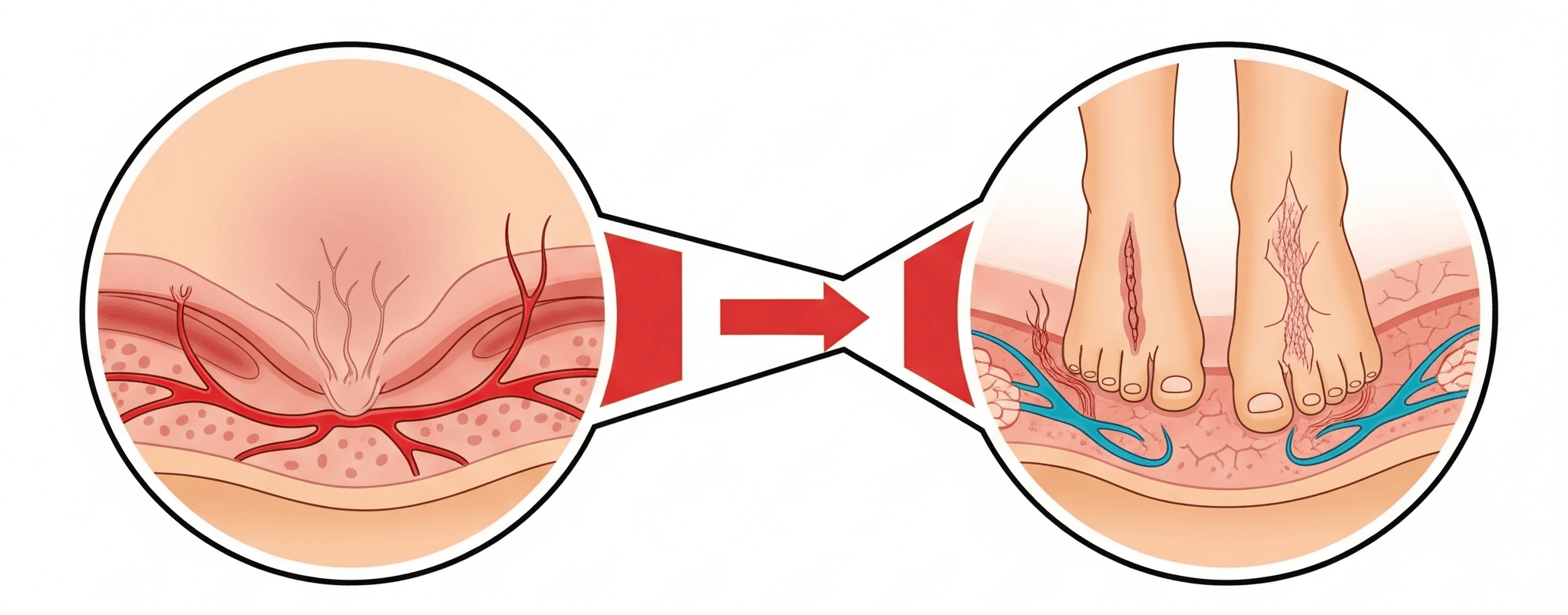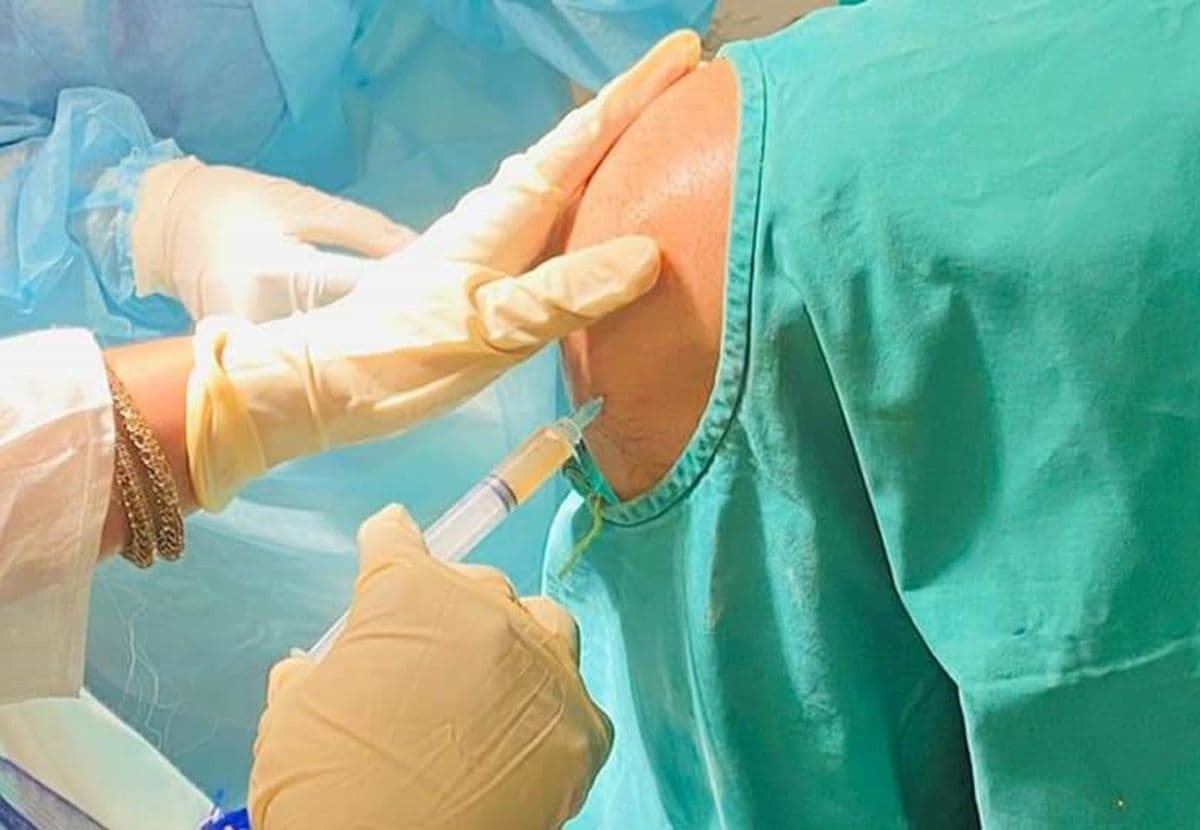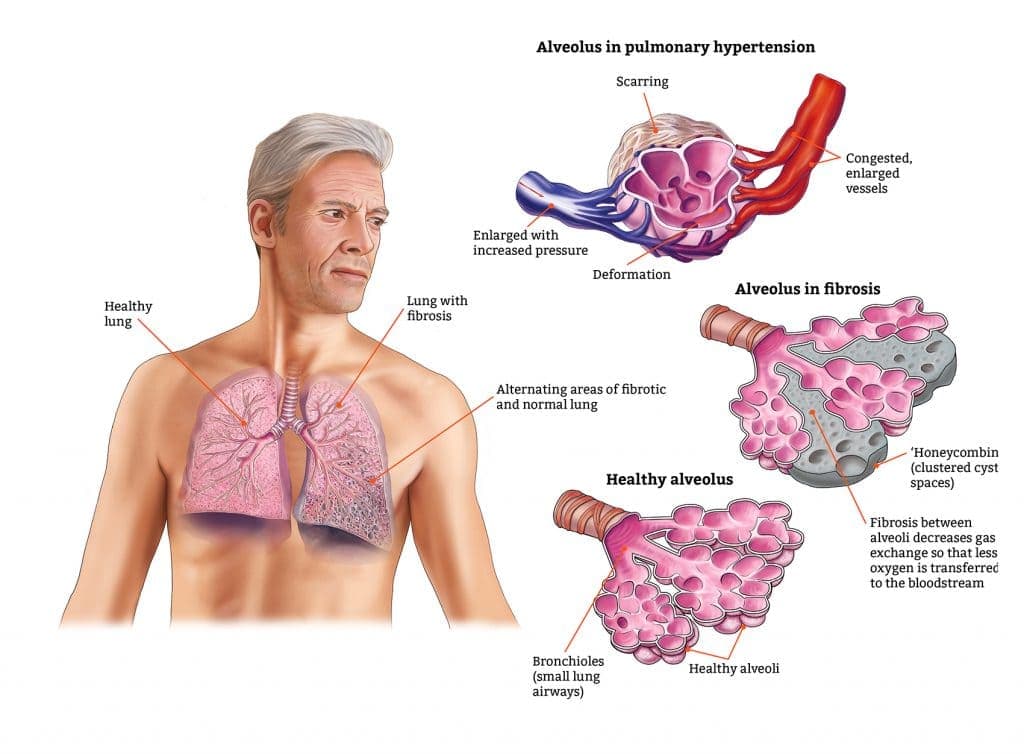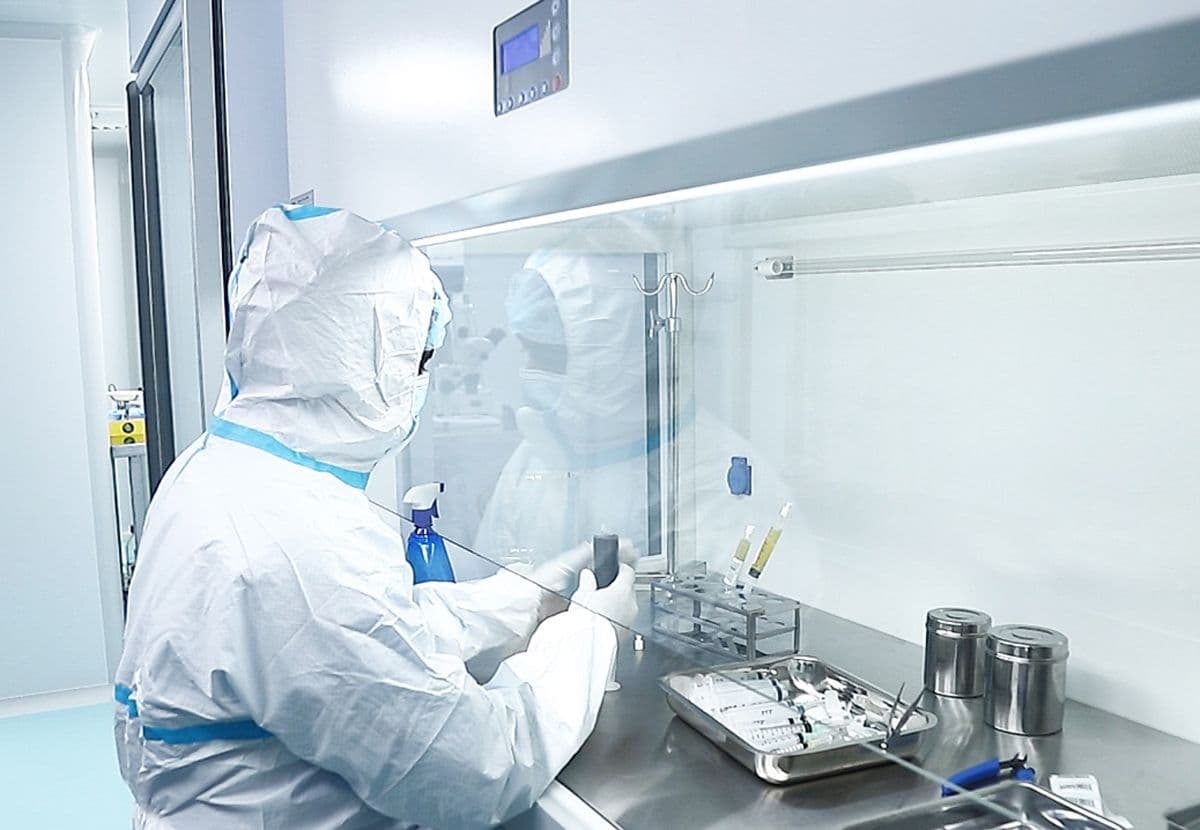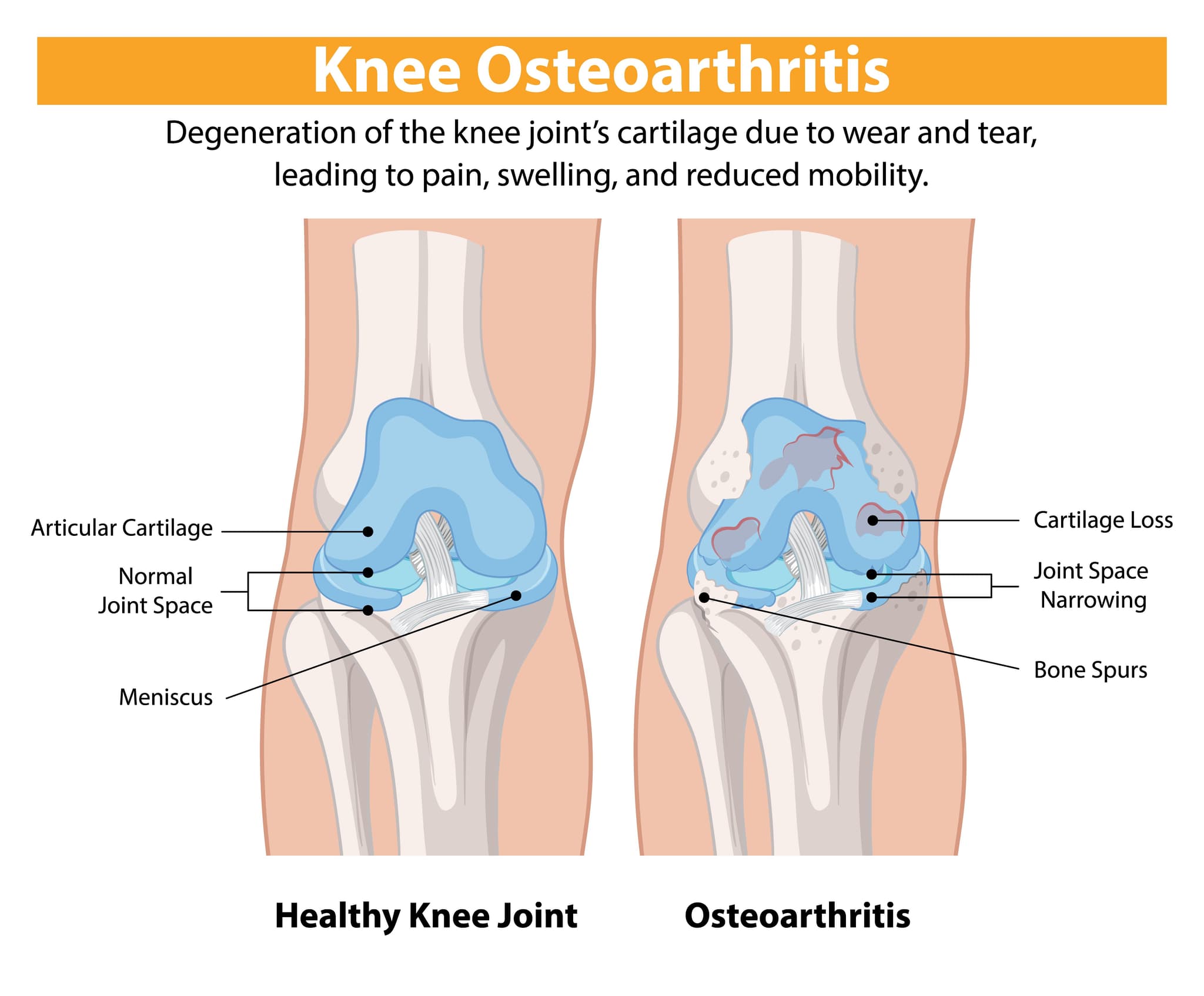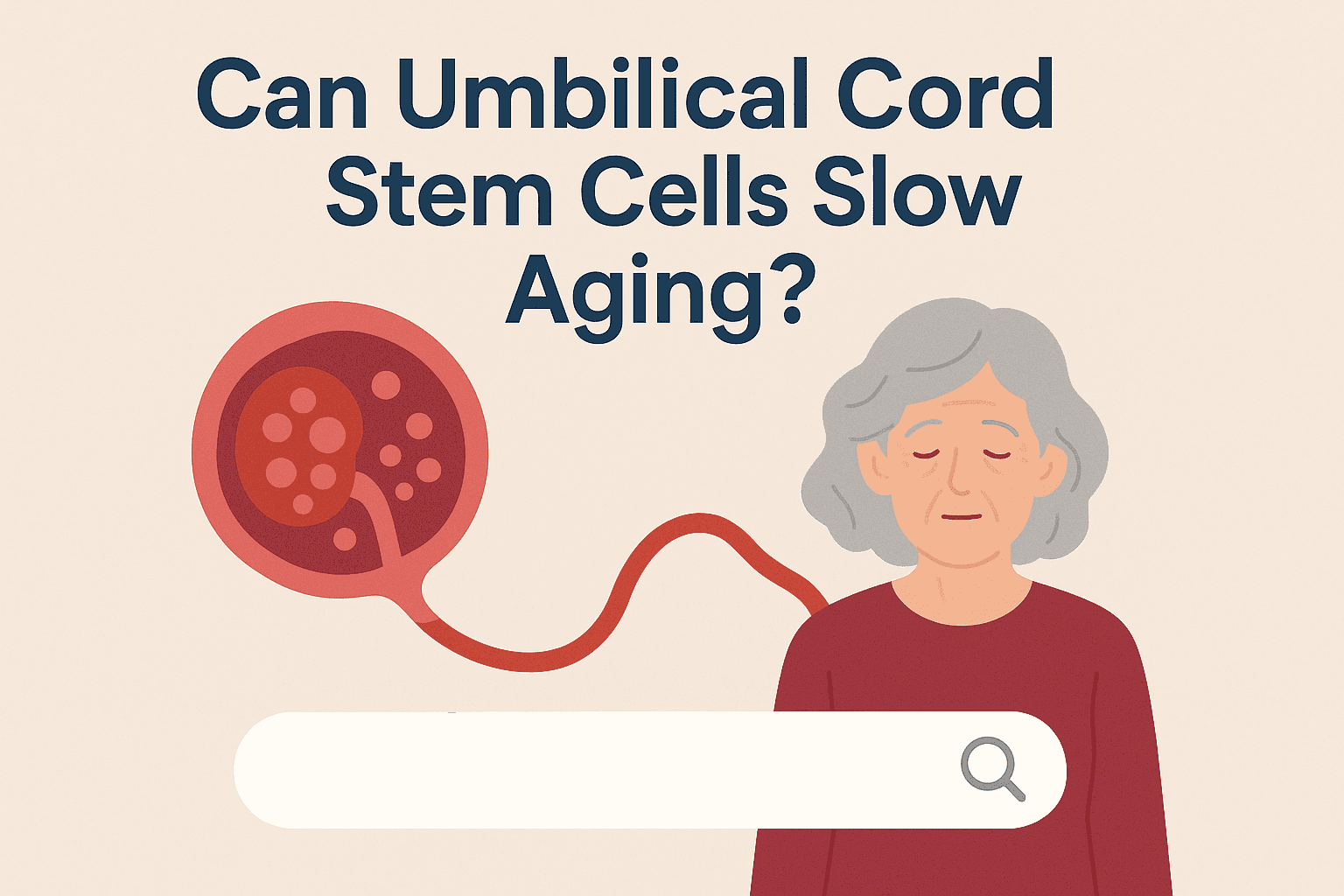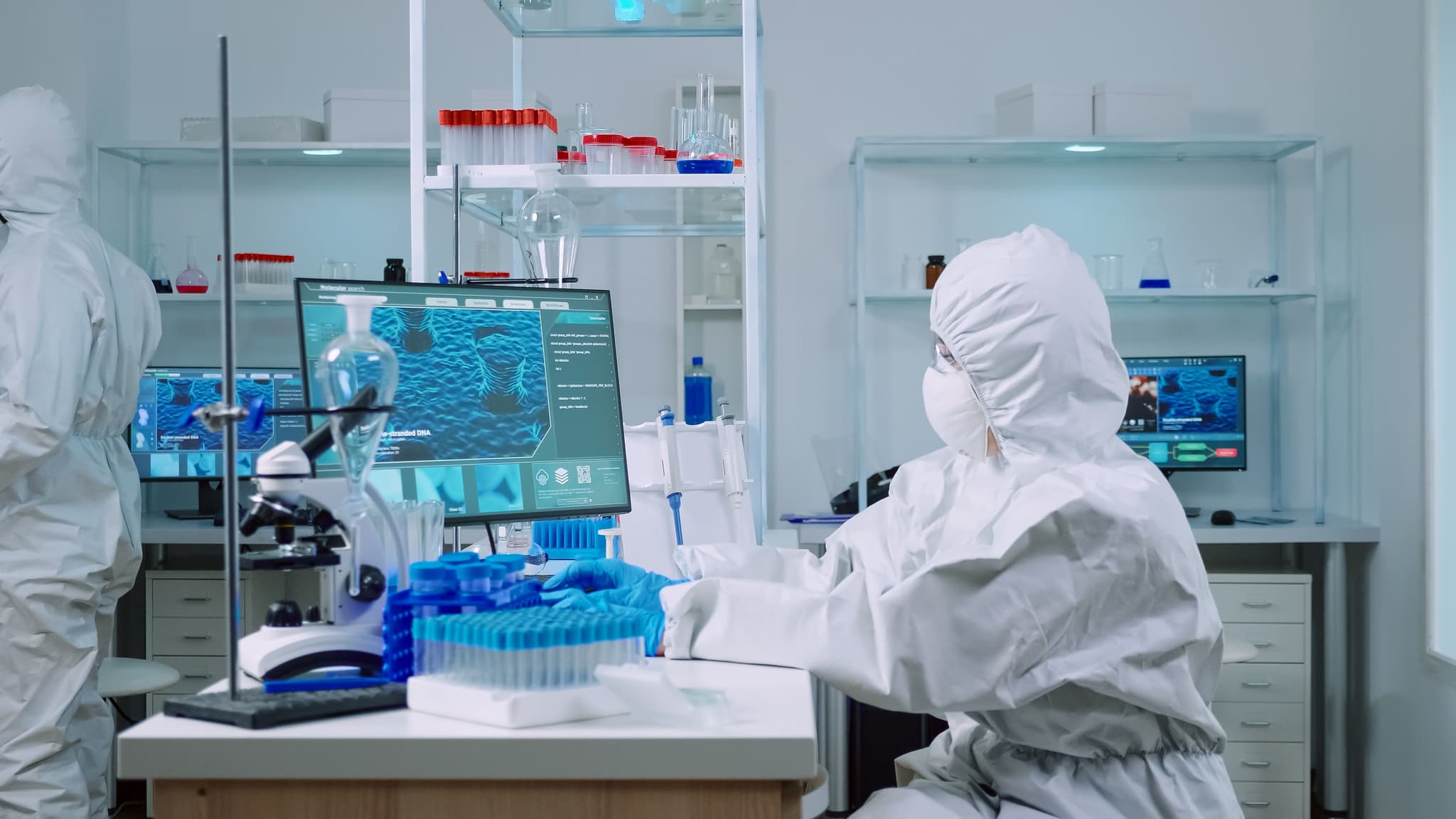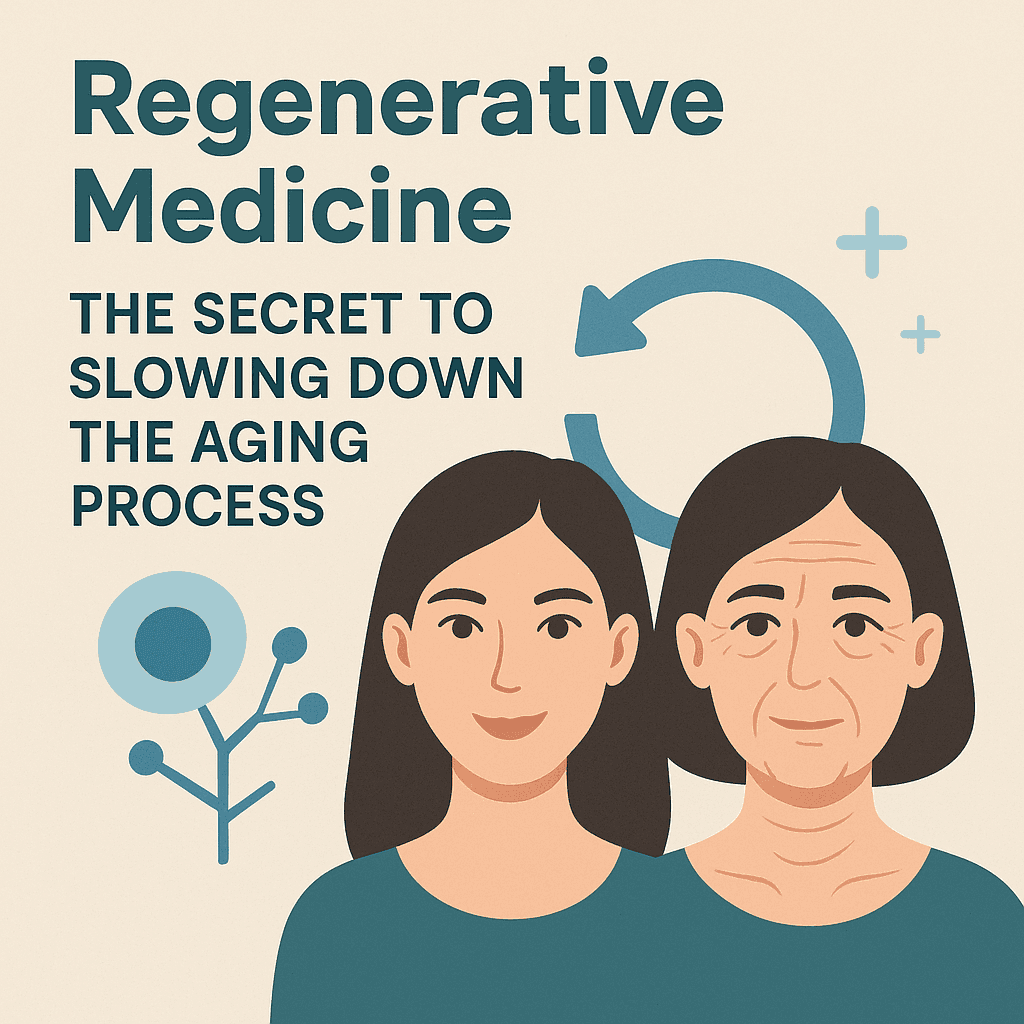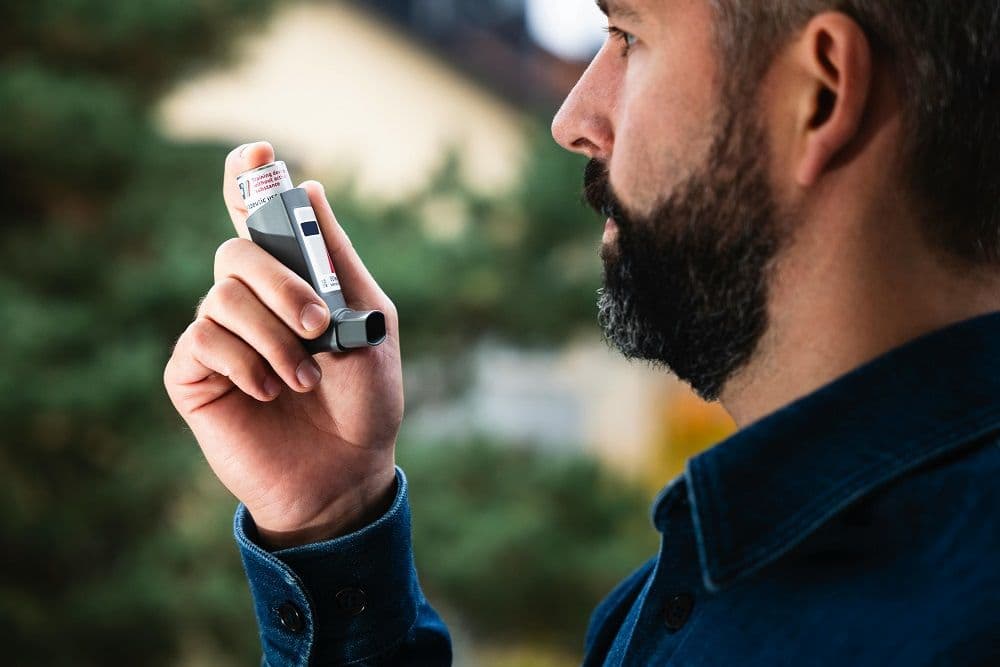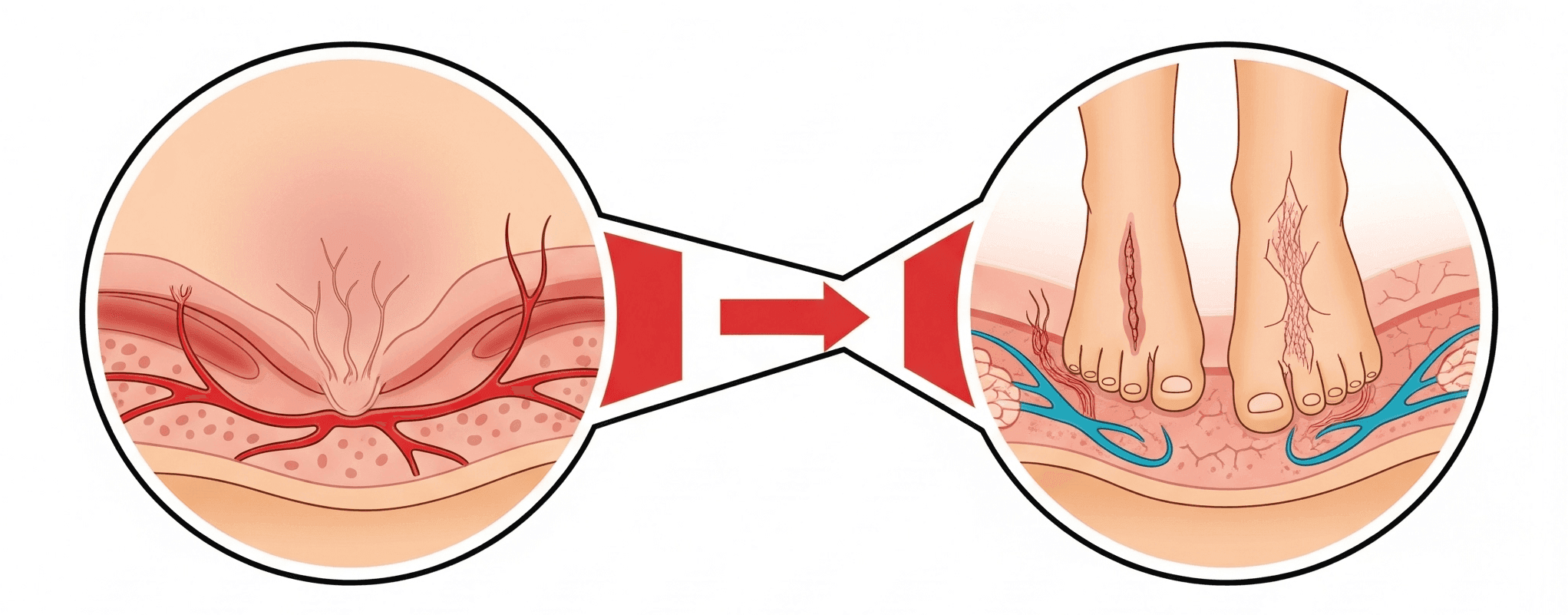
Diabetic foot ulcers (DFUs) are a common and serious complication of diabetes, often leading to infection, hospitalization, and even amputation if not treated effectively. One promising treatment option gaining attention is Platelet-Rich Plasma (PRP) therapy
What is PRP Therapy?
PRP is a concentrate of platelets derived from the patient’s own blood. Platelets are blood cells that play a crucial role in healing, as they release growth factors and cytokines that promote tissue regeneration and repair. In PRP therapy, blood is drawn from the patient, processed to concentrate the platelets, and then applied directly to the wound.
How PRP Helps in Healing Diabetic Foot Ulcers?
1. Enhanced Growth Factor Delivery:
PRP contains high concentrations of growth factors like PDGF, TGF-β, VEGF, and EGF, which stimulate cell proliferation, new blood vessel formation (angiogenesis), and tissue regeneration.
2. Improved Tissue Repair:
By promoting collagen synthesis and supporting new skin cell (epithelial) growth, PRP accelerates the closure of chronic wounds that otherwise heal very slowly in diabetic patients.
3. Reduced Inflammation:
PRP has anti-inflammatory properties, helping to reduce chronic inflammation that often impairs healing in diabetic ulcers.
4. Antimicrobial Properties:
Some studies suggest that PRP may help fight infection by creating an environment that limits bacterial growth, which is vital because infections often worsen diabetic foot ulcers.
5. Personalized and Minimally Invasive:
Since PRP is made from the patient’s own blood, the risk of immune reaction or rejection is minimal, and the procedure is relatively simple and non-surgical.

Several clinical trials have shown that PRP therapy can significantly reduce healing time in diabetic foot ulcers compared to conventional treatments. Patients often experience faster wound closure, less pain, and a lower risk of serious complications.
PRP therapy boosts the body's natural healing processes by delivering concentrated growth factors directly to the site of the diabetic foot ulcer. It can shorten healing times, reduce infection risk, and improve overall outcomes — offering hope for patients with difficult-to-treat wounds.
PRP therapy boosts the body's natural healing processes by delivering concentrated growth factors directly to the site of the diabetic foot ulcer.


